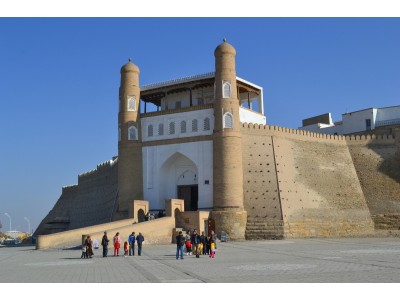
The Ark fortress is the most ancient archaeological monument in Bukhara. The legendary Siyavush, whom Firdousi glorified in his famous epic ‘Shahname", is considered to have constructed the fortress. The Ark was an administrative centre in the past. In front of the fortress there is a square named Registan. The Ark had two gateways. The eastern gates bore the name of Gurian, and the western ones – Registan, after the square they gave on to. The Ark fortress had the form of an irregular rectangle with the southeast corner slightly cut, a little elongated from west to east. The citadel of Ark is situated in the centre of the western part of contemporary Bukhara. The present-day area of the Ark is 4 ha. The total length of the outer wall equals 789.6 m. The fortress was built on an artificial mound, its height ranging from 16 to 20 m above the Registan square. The steep slopes of the mound were cased in earthen blocks, later in mud bricks and then in baked bricks. The ancient brickwork is best seen in the bare northern slope, where cultural layers containing animal bones, kitchenware and other articles are also visible. еще...
The Ark is encircled on all sides by a fortified wall built two or three centuries ago. The wall has been reconstructed and rebuilt several times. Its northern part is the least protected, where one can see up to ten repaired breaches.
Before Bukhara was conquered by the Arabs the Ark had been the residence of the city’s rulers – bukhar-khudats. At the time of the Samanids (9th-10th centuries) the Ark was reconstructed and strengthened with walls and towers (ruins of the northwest tower still remain). During the rule of the Karakhanid dynasty (9th-12th centuries) and at the time of the Mongol invasion (13th century) the Ark was destroyed several times. In the 16th century the Sheybanids reconstructed it into its present-day appearance.
The main entrance to the Ark is flanked with two pillar-like towers. The upper parts of the towers are interconnected by a gallery with a terrace over it, which was used by musicians or the city guard. A ramp leads to the gates of the Ark and further through a long roofed corridor to the Jami mosque. On the left of the corridor there are rooms for keeping water (obhona) and sand (reghona). Some of the rooms were turned into prison cells, one of which, kanahona, was used to incarcerate dangerous state criminals. One of the cells was once a place of imprisonment of the famous writer Sadriddin Ayni.
All the buildings in the fortress are dated back to the 17th-20th centuries, that is, to the period when the region was ruled by the Ashtarkhanid and Mangyt dynasties. At that time the Ark was a place of residence for the city’s rulers, and later for khans, emirs, major officials and high-rank officers. In the early 20th century about 3,000 persons lived in the fortress.
A narrow street led from the Jami mosque past the court of the prime minister (kush-begi) to a small dome, Chor-su, from where one could enter the court of welcomes (salamhona). There the emir received his subordinates and guests. To the right of Chor-su were the emir’s stable, whence sewage penetrated into the cells of prisoners. In the court of the stable was a nagorahona for orchestra and guard. In its lower part there remains a sagana (tomb), which is said to be the grave of Siyavush, the founder of the Ark.
On the left of Chor-su is a kurynyshhona, a large paved court where the ceremonies of reception of ambassadors and coronation of the emirs were held. On three sides the court was surrounded by a wooden iwan. A portal decorated with mosaics (1605) marked the entrance. A fretted throne of marble from Nurata was placed under a wooden shed in the eastern part of the court.
Almost none of the eastern part of the Ark has remained to our days. Today it is an archaeological museum. The two buildings that have survived are Chil-Duhtaron in the northern part, a construction connected with a legend about forty girls tortured and thrown into a well by Nasrulla-khan, and a construction the purpose of which is unknown.
From the nagorahona one can obtain a marvellous view of the city and its neighbourhood, with some archaeological mounds coming in sight.
At present a museum of regional studies is situated in the territory of the Ark fortress.
The Ark fortress photos
 Posted by
Centralasia Adventures
Posted by
Centralasia Adventures
Touristic company “Asia adventures” - DMC operator in Central Asia.
Already 26 years, we organize any possible tours in Uzbekistan and other neighbor republics as Kazakhstan, Kyrgyzstan, Turkmenistan, Tajikistan, Kashgar (Western China) and the Caucasian region (Azerbaijan, Georgia, Armenia).
The Ark fortress on map


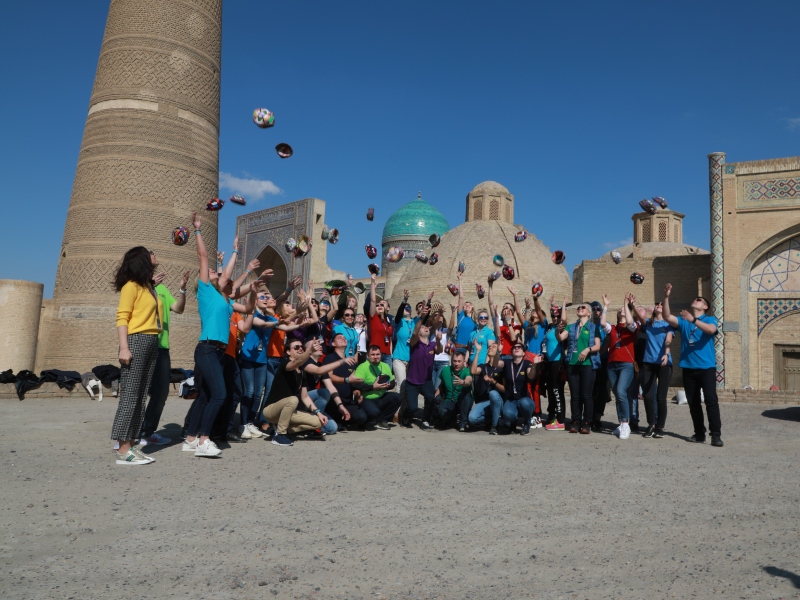 Centralasia Adventures
+998712544100
Centralasia Adventures
+998712544100






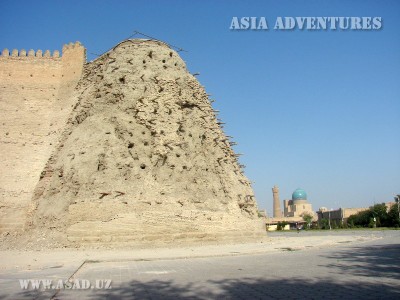
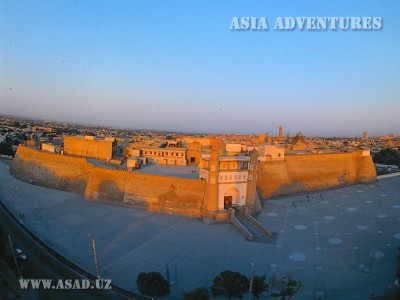


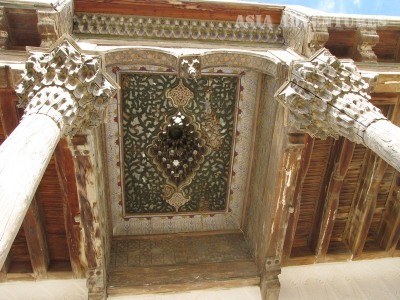

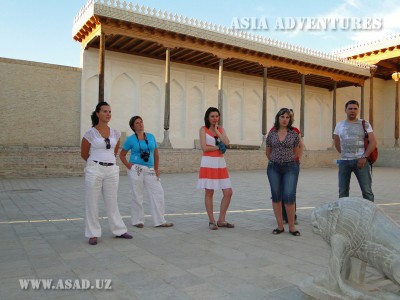
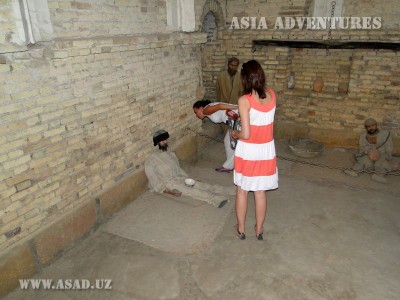
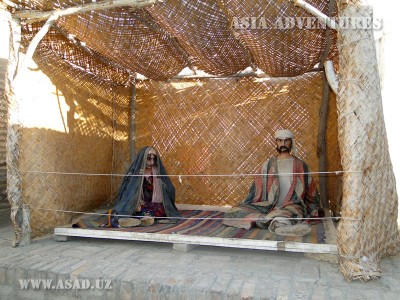
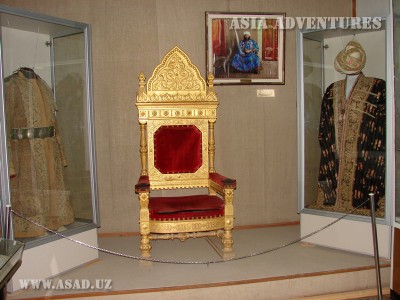
 Posted by
Posted by

